| Tree 1 Type: coniferous Circumference: 20 cm Distance from tree to colony: 90 cm Tree 2 Type: coniferous Circumference: 104 cm Distance from tree to colony: 20 cm Tree 3 Type: coniferous Circumference: 63 cm Distance: 44 cm Canopy Cover: 75% Green Ground Cover: 5% Rating: 6% Height of Colony: 70 cm Diameter of Colony: 206 cm Today we went to the forest to observe our ant mound. We were surprised that there was not much activity as the weather was very nice. We continued to observe the biotic factors surrounding colony Z. Questions:
|
|
0 Comments
Ant Colony MappingDay one:September 28 2015
We went out on a walk through the Beau Reveil forest to find the most optimal ant hill for our research purposes. We tagged 3 different mounds, mound Z, X and U. We recored the temperature, location and amount of activity at each anthill. On day 1, we did not focus in detail on the characteristics of the individual ant mounds as we were focused on simply locating several ant hills for us to use to carry out our future observations. Below is a sample of our observations taken at the ant hill Z. mound Z temperature: 8 -13 °C Longitude: 46' 20'28 "N Latitude: 7' 0'2 "E Activity: Yes
|
AuthorTeresa, Cidney,& Hannah ArchivesCategories |
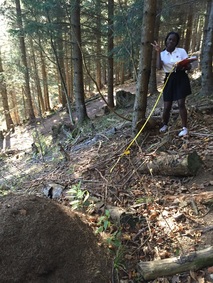
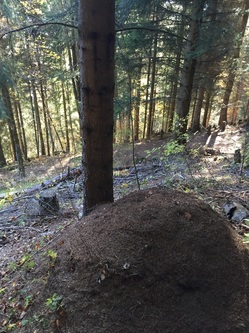
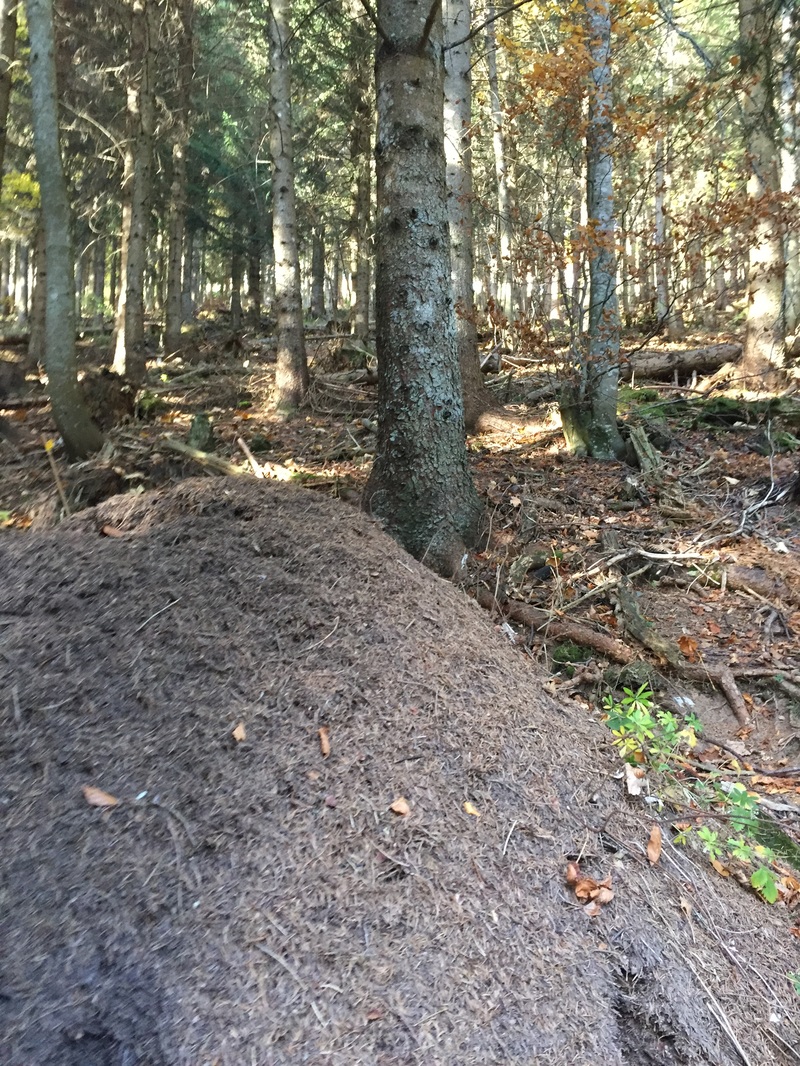
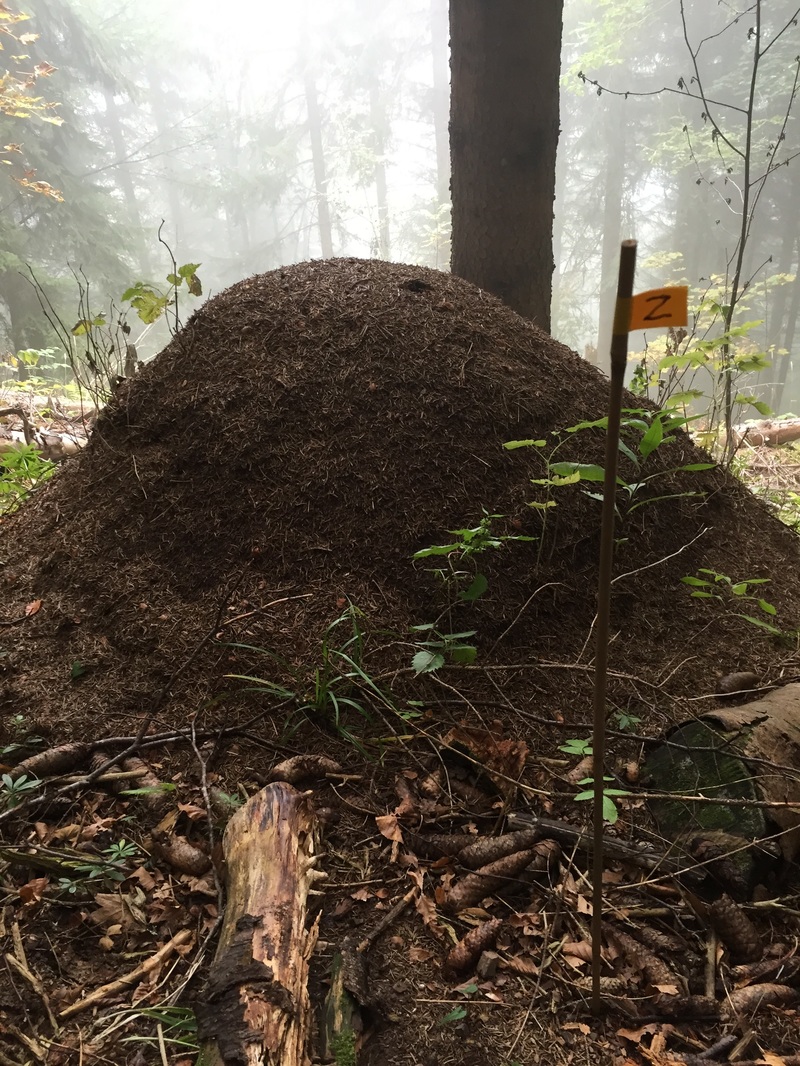
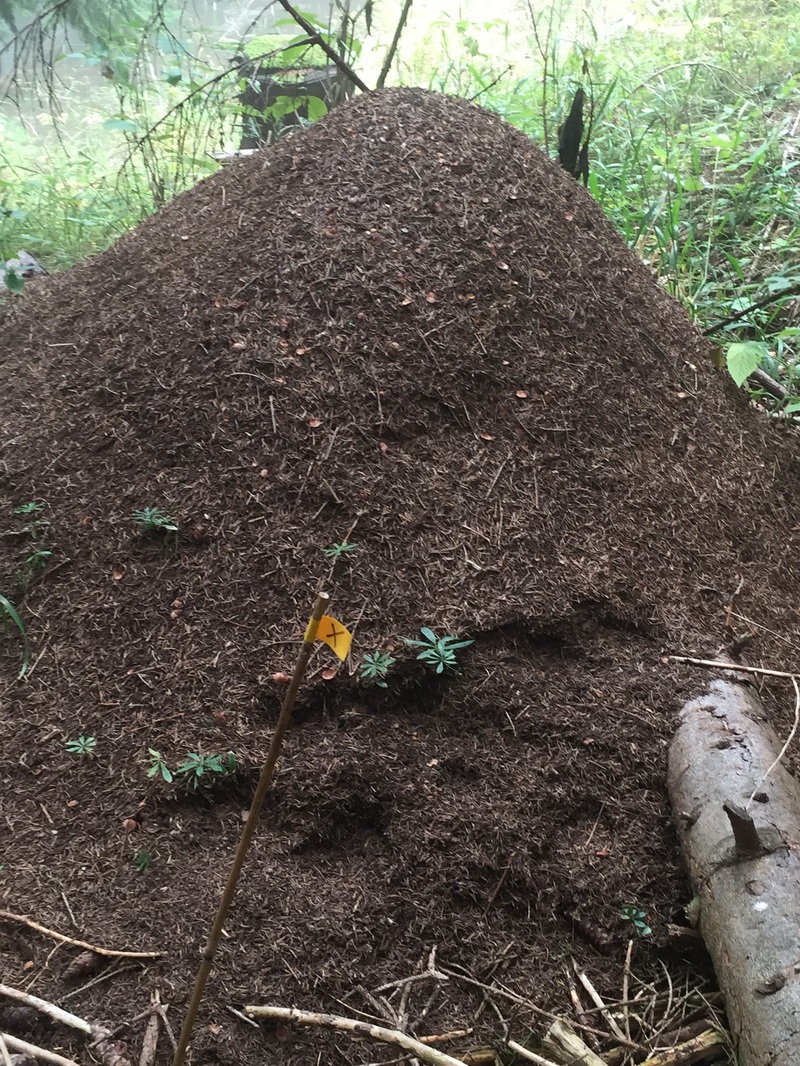
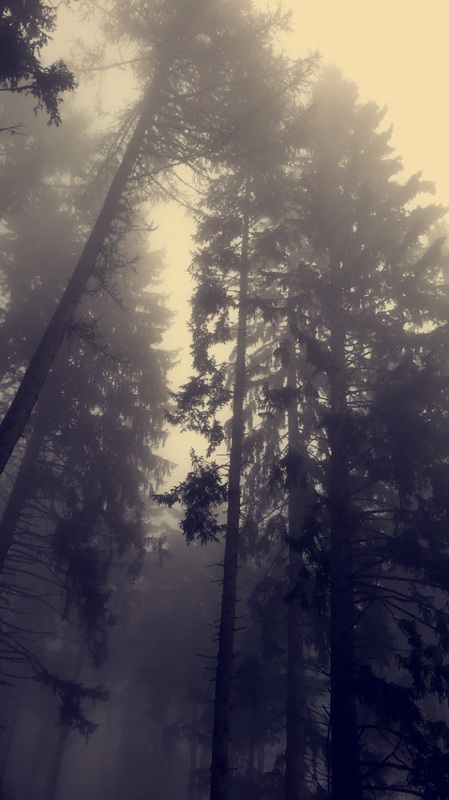
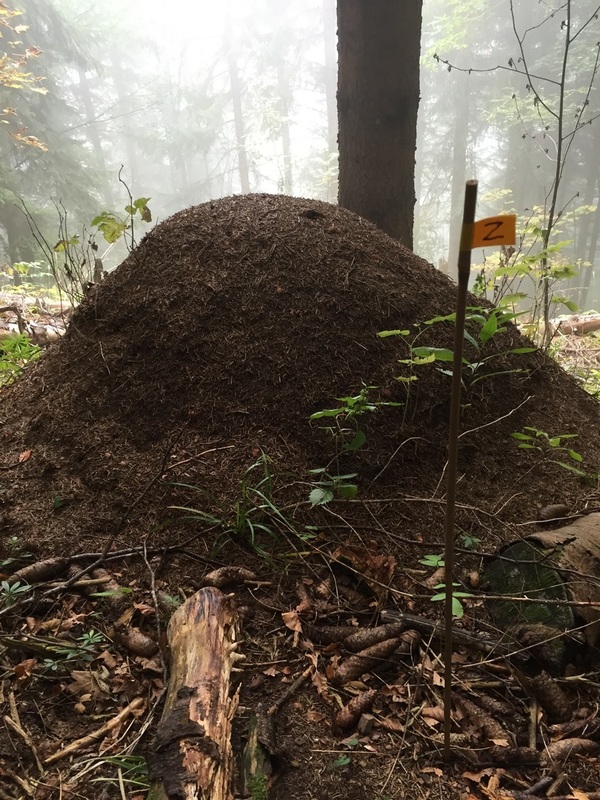
 RSS Feed
RSS Feed
